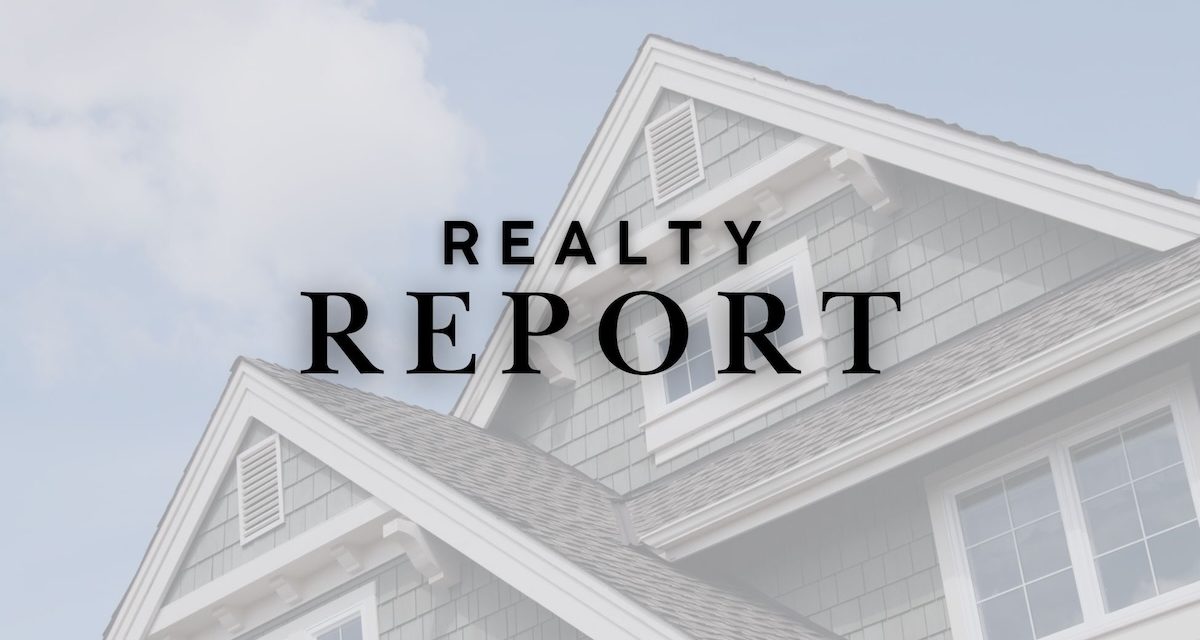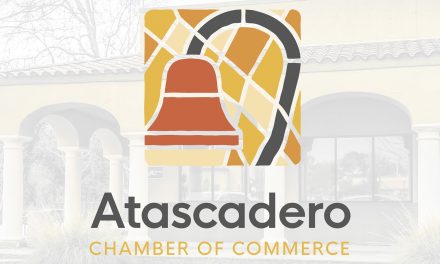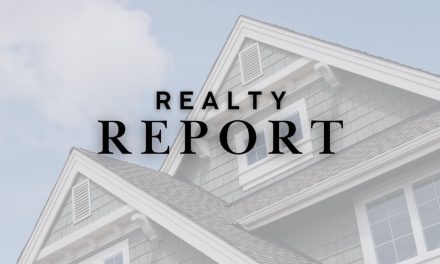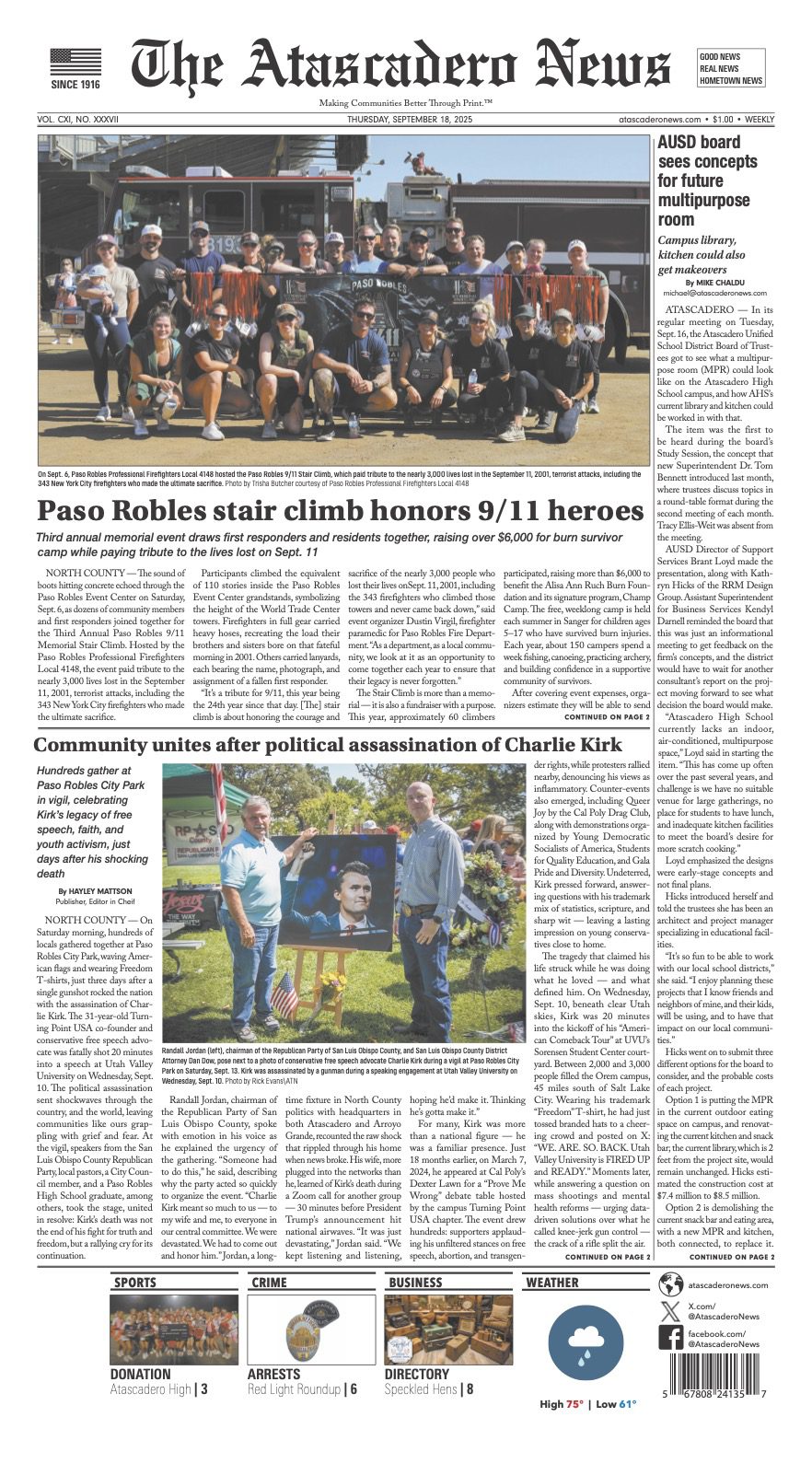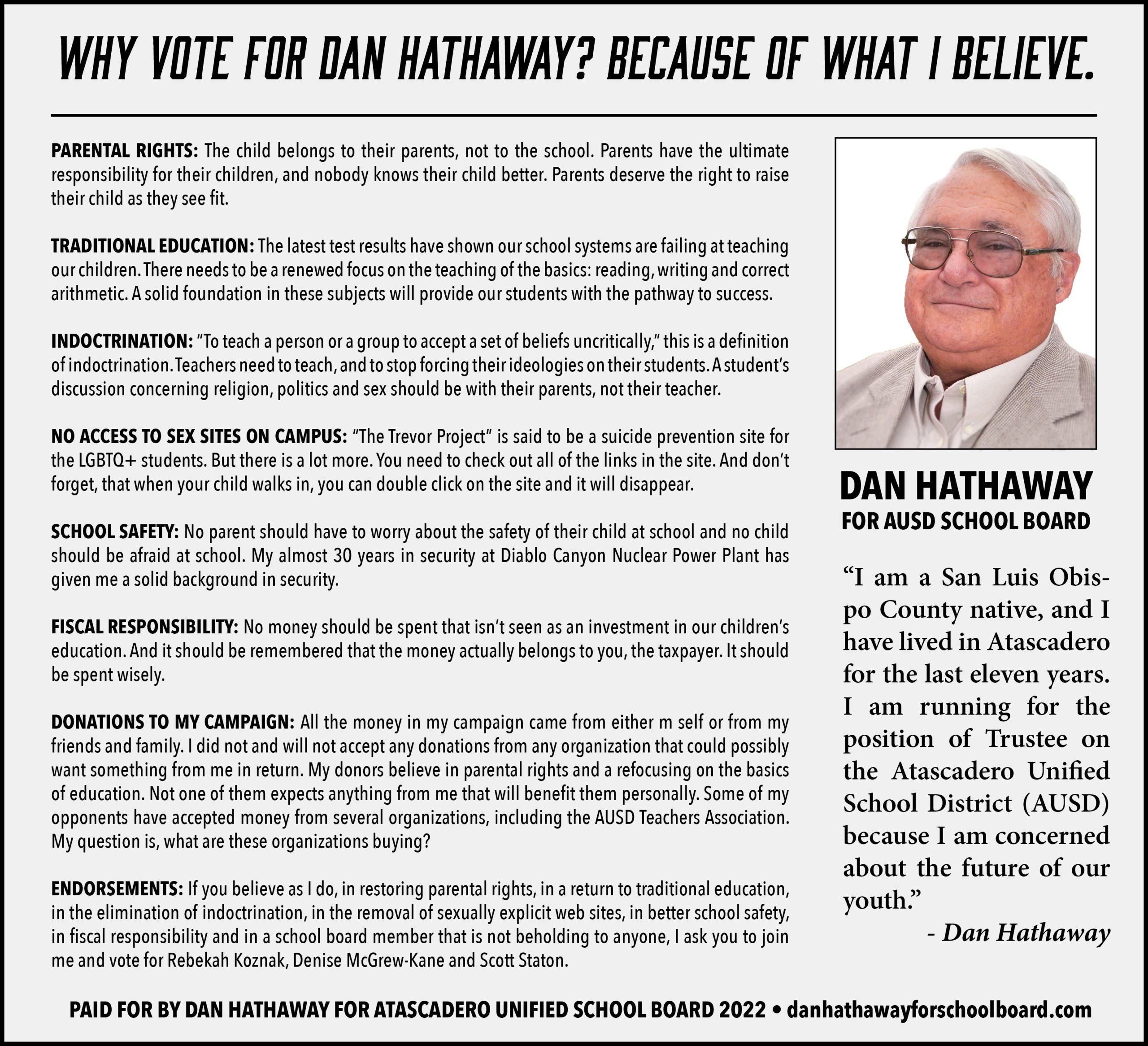By Jaime Silveria
Wildfires have become an increasing concern in California, where dry conditions, high temperatures, and strong winds create the perfect storm for devastating fires. The most recent wildfires in Southern California, which occurred during January of this year, were exacerbated by drought conditions, low humidity, a buildup of vegetation from the previous winter, and hurricane-force Santa Ana winds. As wildfires become more unpredictable, they highlight the importance of fire prevention, early warning systems, and swift response measures to protect lives, property, and the environment.
Locally, we have very different fire conditions from Southern California, but those fire events highlight the importance of our own neighborhood fire prevention efforts and evacuation preparations. We can also learn from the homes that survived the fires. It’s crucial for residents in high-risk areas to be vigilant, implement fire-safe practices and stay informed about evacuation routes and emergency preparedness to minimize the impact of future fires.
Increasingly important is the need to take personal responsibility for the safety of our family, property and neighbors during events like these. There are some key actions we can all take locally to increase our ability to protect ourselves. Actions such as signing up for Reverse 911, registering with AlertSLO.org, knowing your evacuation zone number, and having a family evacuation plan in place and practicing it are a great start. These actions are all part of the “Ready, Set, Go!” method which empowers individuals with the knowledge and tools they need to stay safe and act quickly in the face of danger.
The “Ready, Set, Go!” is a practical and proactive approach to fire prevention and safety designed to help individuals and communities prepare for, prevent, and respond to potential fire threats. This method breaks down fire safety into three essential phases: “Ready,” which focuses on preparation; “Set,” which involves taking preventative actions to reduce fire risks; and “Go,” which ensures a swift and efficient response in case of an emergency. By following these steps, people can significantly lower the chances of a fire starting and be better equipped to protect their property and loved ones when a fire occurs. The “Ready, Set, Go!” method empowers individuals with the knowledge and tools they need to stay safe and act quickly in the face of danger. It’s supported by California Department of Forestry & Fire Protection, ReadyforWildfire.org.
The “Ready” phase focuses on preparation and ensuring that homes and communities are equipped to prevent fires. This includes structural hardening by maintaining clear, defensible space around homes by clearing away dry vegetation, ensuring fire-resistant roofing and siding materials, and installing fire breaks in fire-prone areas. It also involves setting up early warning systems, such as smoke alarms and fire detectors, and making sure that fire extinguishers are easily accessible. Ensuring that everyone knows basic fire safety rules and has an emergency plan in place is crucial for this stage.
The “Set” phase involves taking preventative actions that reduce the chances of a fire starting in the first place. This includes practices like safe disposal of flammable materials, cleaning chimneys and ensuring that electrical systems and appliances are in good working condition. Individuals should also educate themselves about common fire hazards in their homes, like faulty wiring, unattended cooking or improperly stored chemicals. This phase emphasizes creating fire-safe environments through consistent maintenance and a keen awareness of risks.
Finally, the “Go” phase is all about swift action when a fire emergency arises. This step ensures that everyone is ready to evacuate quickly and efficiently if a fire threatens their property. It involves practicing evacuation plans, knowing multiple escape routes and making sure that everyone in the household is familiar with the location of emergency exits. Having an emergency kit with essentials like water, first aid supplies and flashlights is important for ensuring safety.
It is advised that everyone do a self-assessment of their home and property’s wildfire risk. CalFire Defensible Space Inspectors (DSI) review properties to provide helpful information about actions that homeowners can take to improve their protection. You can use their defensible space form, to evaluate your own property, and determine actions you can take to improve your fire resistance. This form is available at BOF.fire.ca.gov.
Additionally, you could consider forming a neighborhood Firewise Community to increase your whole neighborhood’s protection, and potentially receive insurance discounts. By working with your neighbors, you perform a neighborhood assessment, develop a plan to reduce fuels, and increase your fire resistance. Upon completion of the application process, your Firewise Community is given a Certificate of Recognition by the National Fire Protection Agency, NFPA, that is recognized by insurance companies. Atascadero Fire Battalion Chief Dave Van Son, is actively working with small neighborhood groups to form Firewise Communities in Atascadero. For more information visit NFPA.org
With the peak of the wildfire season coming up, it’s important for everyone to be ready and educated. The “Ready, Set, Go!” method provides a structured and effective approach to wildfire preparedness and is a crucial step toward ensuring safety and resilience in the face of an ever-evolving fire threat.
Information for this article has been provided by Baxter Boyington, DRE#02127324, Focus Group Coordinator with the SLO Fire Council and Firewise Community Facilitator. Additional sources of information about wildfire preparedness can be found at ReadySLO.org and ReadyforWildfire.org
ATASCADERO NEWS MAGAZINE
Copies of Atascadero News Magazine are directly delivered to 11,500 readers in zip codes 93422, 93432, and 93453 and 1,500 dropped with support from advertisers and subscribers. Together, we are Making Communities Better Through Print.™
To subscribe or advertise, click here.

